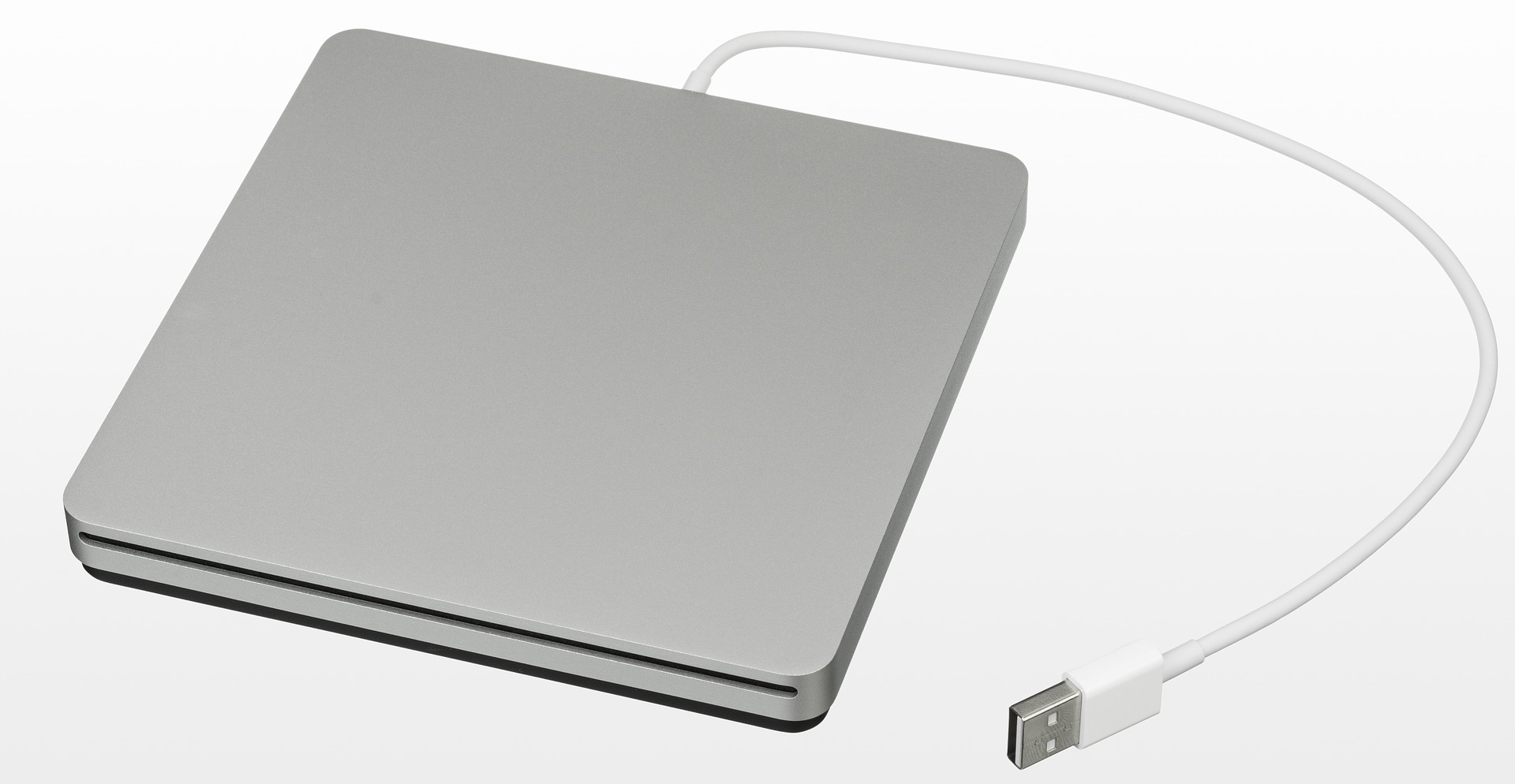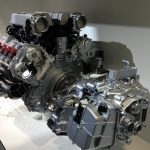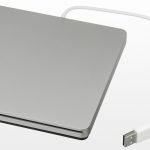SSD drives – this information about them may surprise you! SSD drives have been growing in popularity for several years. People who invest in computers and laptops with SSD drives emphasize that thanks to them it is possible to significantly increase the speed of data transfer and reading. HDDs are much slower than SSDs, and they can often fail.
Due to the fact that SSD drives have so many advantages, every year more and more people reach for them. People who are starting to use a device with an SSD for the first time, however, should get rid of the habits that worked well with HDDs in the past. Here are the most important tips and tricks for people who start using a computer or laptop with an SSD drive.
HDD vs SSD – what are the differences?
Replacing an HDD with an SSD is very noticeable. This is actually a huge performance revolution. Writing and reading files on a device with an SSD is really incredibly fast. Someone who uses a laptop with an SSD for the first time may be surprised how quickly all data writing and reading operations are carried out by the device.
However, it is worth remembering that when switching from an HDD to an SSD, you also have to change many of your habits in terms of using the medium. Not all the steps that worked for an HDD should also work for an SSD. It turns out that a lot of activities used on the HDD can be very harmful to the SSD. Here is a collection of the most important tips and tricks for people starting to use an SSD.
Old operating systems – a very bad idea!
For SSDs to work efficiently, the device must be modern and functional. It is worth knowing that the TRIM command is extremely important for the smooth functioning of the SSD. This is the command that is responsible for sending information regarding the release of a specific sector from the operating system to the media controller. The command can tell the SSD which data blocks have been freed and can be refilled with various data.
TRIM significantly increases the performance of the SSD. It is important, however, that this command is not present in old systems such as Vista or Windows XP. In old systems, this command was simply not implemented. Of course, it is possible to adapt the old system to this command for the SSD, but it is very time-consuming. To do this, you also need to have a very professional knowledge of the operation of this type of equipment. If we care about the highest performance, our computer or laptop should be equipped with the latest operating system. Only then will we be 100% sure that the TRIM command will work as it should.
- https://szp.edu.pl/co-nalezy-rozumiec-przez-pojecie-oszustwa-gospodarcze/
- https://www.elmon.pl/ile-przecietnie-trwa-psychoterapia/
- https://www.dla-mnie.pl/czym-jest-upadlosc-konsumencka-i-jak-jest-powiazana-z-dlugami-dzialalnosci-gospodarczej/
Unnecessary system functions
Much shorter access time to the data stored on the drive associated with the use of the SSD drive meant that many system functions of the operating system ceased to be of any importance. For example, we are talking about hibernation. In the case of computers with an HDD, hibernation was quite important, because it significantly reduced the recovery time of the operating system. A computer with an SSD has such a short boot time that the use of the hibernation function is basically completely unnecessary. This is especially important for small-capacity SSDs, as it saves valuable space on the SSD.
- szkola-muzyczna24.com.pl/nauka-gry-na-skrzypcach-szczecin/
- zarzadzanie-nieruchomosciami.com.pl
- ortopedalegnica.com.pl
- zaproszenia.waw.pl
Full disk to maximum
A very often observed problem related to the use of an SSD is the slowdown of its operation when it becomes significantly full. At the moment, there are no unambiguous studies showing how exactly filling up an SSD affects its performance, because performance really depends on several different factors. This includes, for example, the controller used in the carrier as well as the type of memory chip. However, it is worth realizing that the level of filling up an SSD definitely has some impact on its performance.
If we want our SSD to work efficiently and efficiently for as long as possible, we should control the amount of space occupied on it. Then we will definitely not let the disk slow down. How can you reduce the SSD’s fullness? For example, you can move less frequently used data, such as games or movies, to a separate HDD or to an external drive. On the other hand, if we have an SSD with a very small capacity, it is best to use it mainly to store the entire operating system.
Disk defragmentation is a very bad idea!
Defragmentation is the process of moving data from one area of a disk to another in order to tidy it up. This consequently contributed to improving the performance of the carrier. However, defragmentation is effective only for HDDs. In the case of SSDs, defragmentation can only bring negative effects, so we advise against it!












